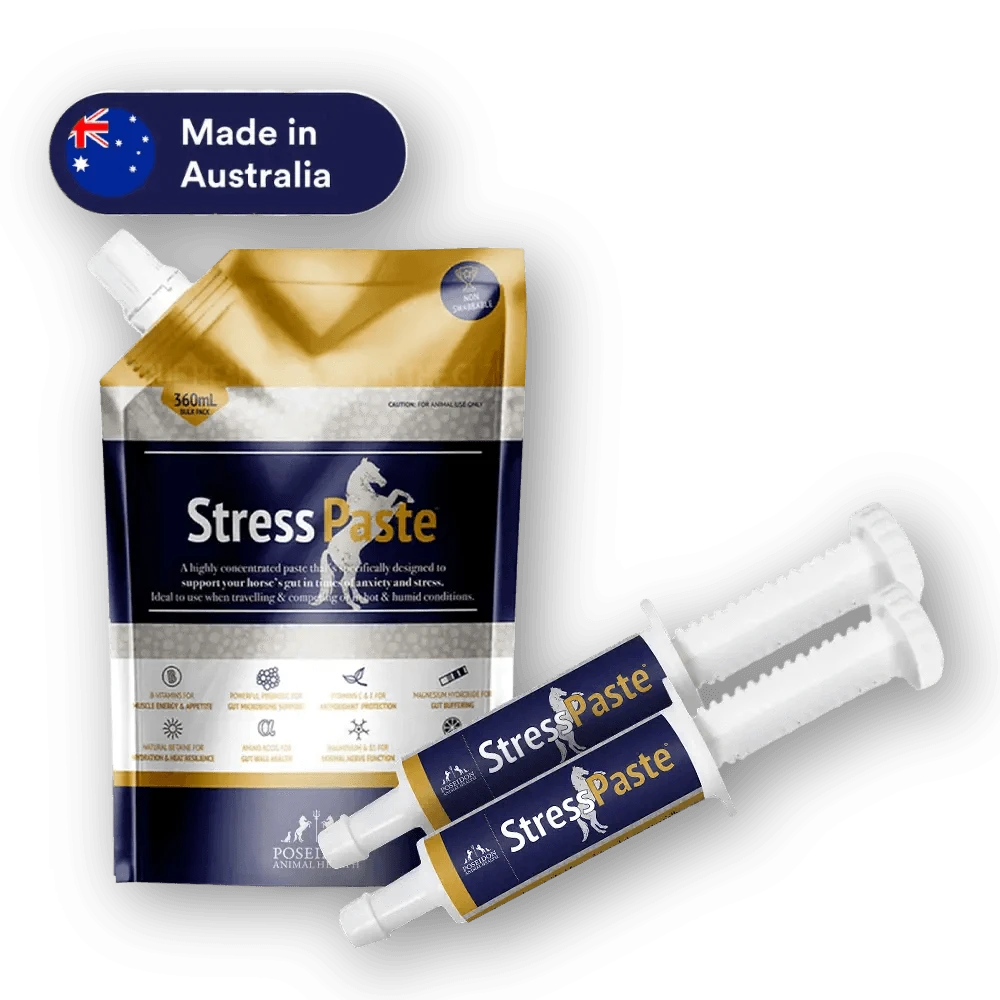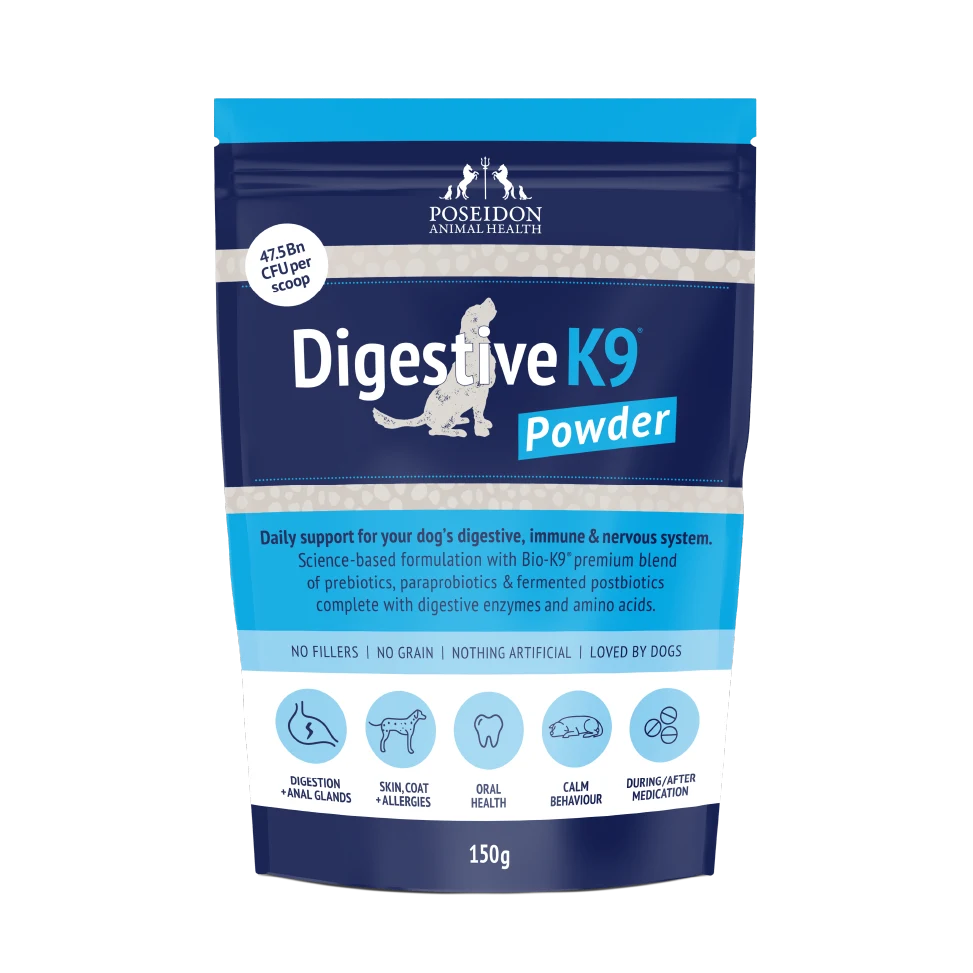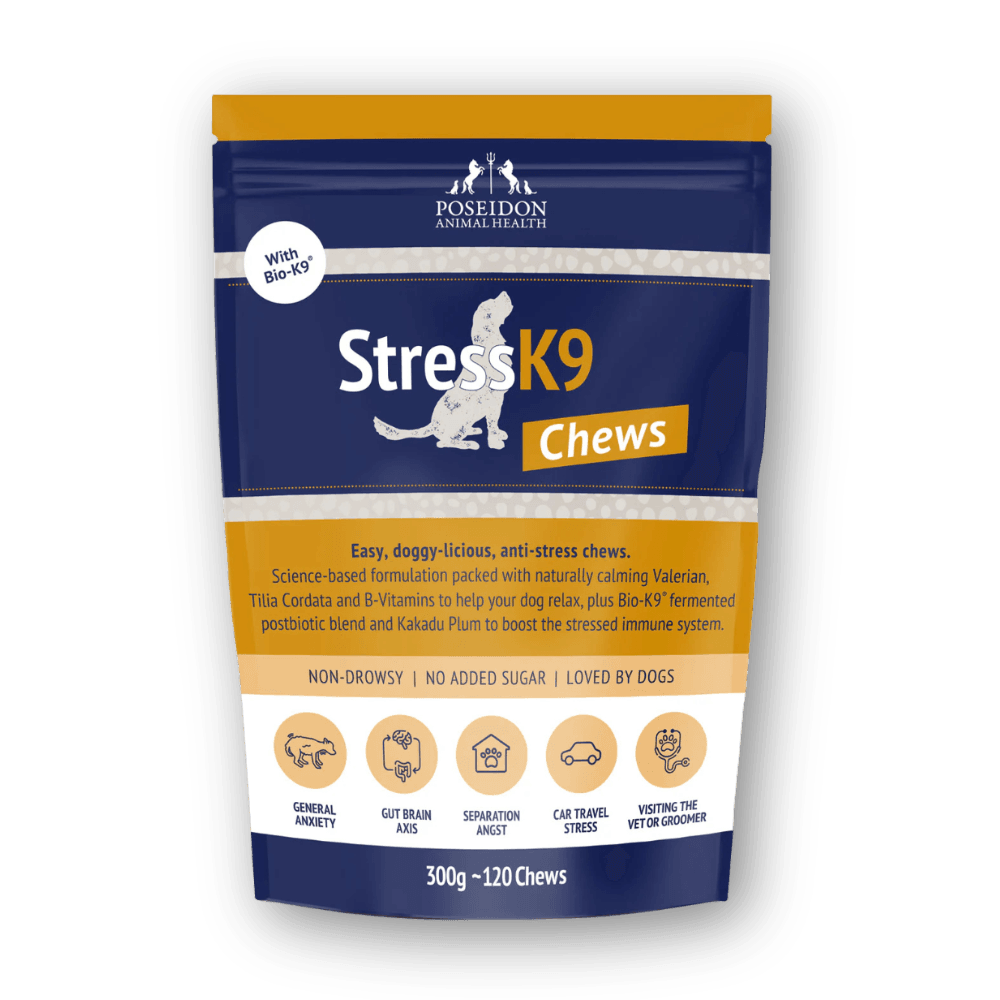
EquiBind is a dual action supplement that combines the mycotoxin binder Elitox® with supportive vitamins and minerals to help a horse cope when under physiological stress due to feed, forage and pasture contamination with mycotoxins.
Here is how EquiBind toxin binder supports and protects your horse from mycotoxins. First though, let’s look at what mycotoxins are!
What are mycotoxins, and why should horse owners care?
Mycotoxins are ‘secondary metabolites’ produced by moulds/fungi present in feeds and forages. It is thought that mycotoxins help fungi to secure their own ecological niche.
But for our horses, they represent highly toxic threats to their health.
Mycotoxins can work alone, or synergistically with other mycotoxins to cause a diverse array of chronic and acute health problems. Mycotoxins can affect the horse's liver, immune function, hormone production, reproduction - and cause leaky gut and neurological issues. On top of that, many are known to be cancer-causing (carcinogenic) in humans.
Mycotoxins can also cause dramatic behavioural changes in horses, making the horses exceptionally dangerous to handle and ride!
In short, mycotoxins are nasty!
And, they are also EVERYWHERE!
Mycotoxins can be present in feeds, conserved forages (and in fact some of the highest occurrences in equine diets is from forage like hay and baleage) and even in the grass in your horse's pasture!
Did you know: Hundreds of years ago, mycotoxins killed tens of thousands of people and crippled many others when they ate mycotoxin contaminated grains and bread?
Because of the way these toxins will work synergistically with one-another, the symptoms of mycotoxicity can be unpredictable, and difficult to diagnose.
The best way to deal with mycotoxins is to avoid them.
Buy quality feed and forage, and store them well, in dry conditions. Plant your pastures with grass species that do not harbour mycotoxin producing fungi (this means predominantly avoiding endophyte infected perennial ryegrass and tall fescue).
But while prevention is better than cure, it is almost always easier said than done.
Mycotoxins are invisible, they don’t smell, they have no taste and they can be expensive to test for, especially when feed and forage sources are changing frequently.
Did you know? If it feels like your horse is seeing gremlins there is a good chance they may be. The ergot fungi that grows on grasses like rye grass and paspalum naturally creates lysergic acid - and this is what the hallucinogen LSD is manufactured from. Throughout history, it is thought that women who were hunted down as ‘witches’ were sometimes women affected by rye ergot poisoning!
So how do we stop mycotoxins making our horses sick?
The most commonly employed strategy to reduce the negative impact of mycotoxins on animal health is to use mycotoxin binders and mycotoxin eliminators in the horse's feed.
These feed ingredients will either ‘grab hold of’ the mycotoxins, 'binding' and effectively making them non-toxic as they pass through the digestive tract. Or they will somehow 'cut up' or destroy the mycotoxin, so it is no longer harmful.
Many toxin binders only use one mode of action (binding) which only eliminates one type of mycotoxin molecule - but select Nex-Gen toxin binders are able to both bind and destroy the two types of mycotoxin molecules, providing a much higher level of protection.
This is what Elitox®, the dual-action toxin binder in EquiBind is designed to do.
And EquiBind is not JUST a toxin binder, it is also designed to support your horse's health through mycotoxin exposure.
Here is how it works!
Toxin Binders - Binding and Deactivation of Toxins
EquiBind’s star ingredient is Elitox®, a dual-action mycotoxin binder. Elitox® contains specialised, negatively charged clay particles that are able attract and bind ‘polar’ mycotoxins.
These mycotoxins have an opposing positive charge so Elitox is effectively like a mycotoxin magnet that moves through your horse’s gut, picking up and binding mycotoxins, preventing them from causing harm.
Many of the world’s most prevalent mycotoxins are polar mycotoxins, making Elitox® effective against the big names like aflatoxin in the world of mycotoxins.
BUT, not all mycotoxins carry a positive charge. And therefore mycotoxin binders that rely only on electrical charge to collect mycotoxins are ineffective against these non-charged, 'non-polar' mycotoxins.
The mycotoxins that are produced by the endophyte fungi in perennial ryegrass and tall fescue (what people call 'grass toxins') are examples of non-polar mycotoxins. Which means that clay and yeast cell wall mycotoxin binders that rely on electrical charges won’t work to detoxify these mycotoxins through binding them.
This is why you need other modes of mycotoxin deactivation for horses exposed to 'grass toxins'.
Elitox® has a dual mode of action which means it can also break down the non-polar mycotoxins, like the 'grass toxins' found in perennial ryegrass.
Vitamin Support for horses facing mycotoxin challenges
EquiBind contains Vitamin C and multiple B-group vitamins to help support horses who may be exposed to mycotoxins.
Many mycotoxins are ‘hepatotoxic’ meaning they attack the liver. Research in other species shows that Vitamin C may be ‘hepatoprotective’. It will also improve a horse’s anti-oxidant status to help it cope with the increased oxidative stress load caused by mycotoxins.
And, if the liver is badly affected, the Vitamin C in EquiBind will help ensure a vitamin C deficiency doesn’t occur due to reduced liver function (because horses produce their own vitamin C in the liver).
EquiBind also contains a combination of B-Group Vitamins that are known for their role in maintaining normal nervous system function. The vitamins B1, B6 and B12 in EquiBind will help to support your horse through any mycotoxin challenges that affect the nervous system.
Vitamin B1 will also support normal appetite in mycotoxin challenged horses that may go off their feed. Loss of appetite is a common side-effect of some of the most common mycotoxins found in feeds.
Did you know? Horses make their own vitamin C in their liver. BUT! If they become stressed or their liver is compromised, vitamin C production can drop. Supplementation helps horses maintain normal levels of vitamin C when they are under stress - which is one reason that Vitamin C is also in Stress Paste!
Mineral Support for horses facing mycotoxin challenges
EquiBind contains generous levels of magnesium and smaller amounts of calcium. Magnesium and calcium are provided to help meet requirements for horses on lush, green pastures that are typically low in magnesium and calcium.
Like the B-group vitamins, magnesium has an important role in maintaining normal nervous system function as well as normal muscle function.
EquiBind and Digestive EQ Work Together
Many mycotoxins negatively affect the gut. Research in other species shows that mycotoxins are capable of inducing gut-bacteria dysbiosis1, compromised barrier function (leaky gut)2, 3, and altered nutrient absorption2, 4.
Because of the negative effect of mycotoxins on the gut, Elitox® is already included as an ingredient in Digestive EQ and Digestive RP in the Australian formulations.
For horses under heavy mycotoxin exposure conditions (for example on ryegrass pasture that is heavily contaminated with mycotoxin and having a noticeable effect on horses), feeding EquiBind with Digestive EQ or Digestive RP for gut care means you will be giving your horse an extra level of defence against mycotoxins.
Digestive EQ also provides additional, highly bioavailable calcium and magnesium to help horses meet their requirement for these minerals when grazing lush, green pastures.
How Does EquiBind Compare to other Toxin Binders?
|
Supplement Feature |
EquiBind |
Other Leading Brand |
| Next-Gen Mycotoxin Binder with Dual Action (Polar & Non-Polar molecules) |
Yes | No |
| Magnesium | Yes | No |
| Calcium | Yes | No |
| Vitamins C | Yes | No |
| Vitamin B1 | Yes | No |
| Vitamin B6 | Yes | No |
| Vitamin B12 | Yes | No |
| Artificial Flavour | No | No |
| Grain Derived Ingredients | No | Yes |
| Yeast Derived Binder (binds polar molecules) |
Yes | Yes |
References:
- Peng, Z., L. Chen, J. Xiao, et al., Review of mechanisms of deoxynivalenol-induced anorexia: The role of gut microbiota. J Appl Toxicol 2017. 37(9):1021-1029.
- Liew, W.P. and S. Mohd-Redzwan, Mycotoxin: Its Impact on Gut Health and Microbiota. Front Cell Infect Microbiol 2018. 8:60.
- Gao, Y., L. Meng, H. Liu, et al., The Compromised Intestinal Barrier Induced by Mycotoxins. Toxins (Basel) 2020. 12(10):619.
- Xu, R., E.G. Kiarie, A. Yiannikouris, et al., Nutritional impact of mycotoxins in food animal production and strategies for mitigation. Journal of Animal Science and Biotechnology 2022. 13(1):69.






















